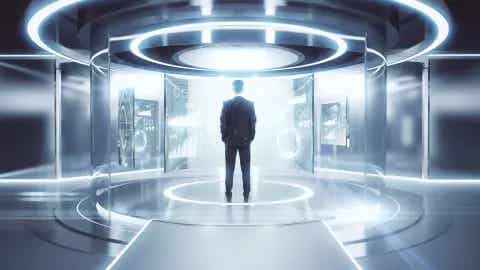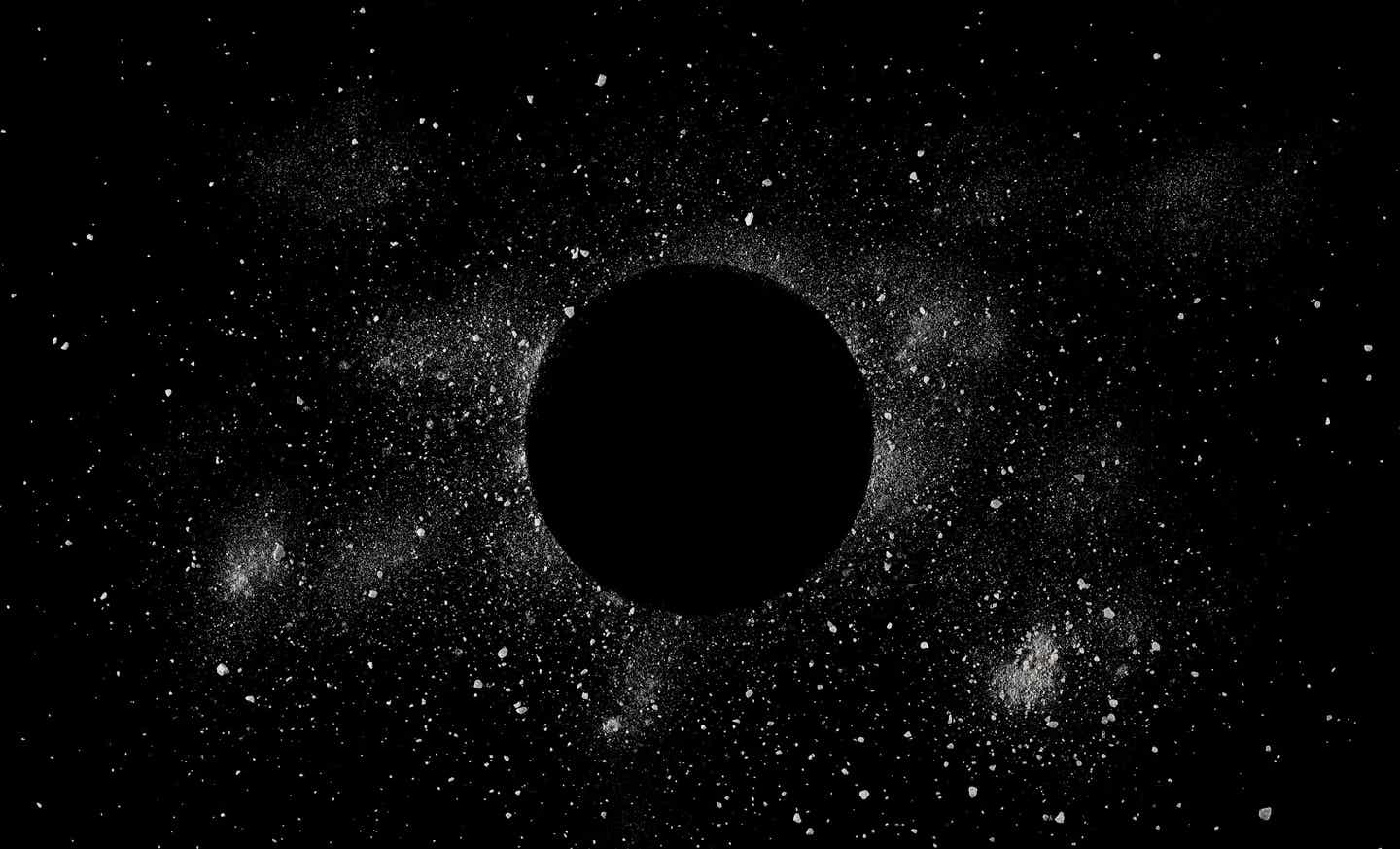Beam me up, Scotty: Will human teleportation ever become a reality?
Teleportation, reminiscent of the Star Trek-style that popularized the concept, involves the process of disassembling matter

[Oct. 16, 2023: Staff Writer, The Brighter Side of News]
Buchler then imagines a reconstruction station like a 3D printer “with big bottles of every necessary chemical element that puts you together piece by piece”. (CREDIT: Creative Commons)
Teleportation, reminiscent of the Star Trek-style that popularized the concept, involves the process of disassembling matter into minuscule, transmittable forms (those shimmering lights you witness on the screen) and subsequently reassembling it at a different location, all while ensuring your hairstyle remains undisturbed.
Interestingly, this teleportation concept was originally introduced in the 1960s TV series to control production costs (even simulating starship landings can be quite expensive).
However, can we dismiss the notion of a human race capable of interstellar travel and teleportation as pure fantasy? While science fiction often overlooks the intricate technical challenges of faster-than-light travel, scientists have not definitively labeled it as unattainable. As experimental physicist Ben Buchler at the Australian National University puts it, "It's simply an incredibly daunting endeavor."
Nonetheless, scientists assert that should teleportation ever become a reality, it would not entail the physical relocation of matter. The fundamental constituents of our bodies face substantial obstacles when traversing solid barriers, and the energy required to disassemble the formidable forces binding our atoms together at the subatomic level would be staggering, surpassing any reasonable budget.
As theoretical physicist and futurist Michio Kaku stated, "Transporting actual atoms is fraught with peril." Instead, he proposes that we transmit all the information pertaining to an individual, down to the subatomic level, enabling their reconstruction in an identical manner at a different location.
Kaku speculates that this concept, akin to a human fax machine, could theoretically function using an MRI, which currently scans living tissue, albeit with the prerequisite of a considerably heightened precision, down to one atom per pixel, for the generation of images.
Related Stories
Buchler envisions a reconstruction facility akin to a 3D printer, housing ample supplies of essential chemical elements, capable of assembling an individual piece by piece.
However, he cautions, "This is where things delve into philosophical territory."
"If one could meticulously gauge every atom within a brain, including their intricate interactions and precise chemical configurations, and subsequently recreate it elsewhere with flawless precision, then, contingent upon your perspective regarding the existence of souls or other metaphysical considerations, it would, in principle, in the realm of physics at least, constitute an identical brain with identical thoughts, emotions, and all associated aspects."
Many of the cells in your body undergo continuous natural replacement over time. However, if this replacement occurred all at once, would the newly assembled "you" remain your authentic self or become a clone?
Theoretical physicist and futurist Michio Kaku. (CREDIT: Creative Commons)
As Kaku himself believes: “If you ... zap [Captain Kirk] across the room, you’ve now seen Captain Kirk die, you’ve seen his atoms fall apart but here is this other Captain Kirk on the other side of the room, who has the same bad jokes, the same character [and memories] as the original ... so who is this imposter? It raises the question: are we nothing but information?”
Scientists have spent a surprisingly large amount of time considering whether Star Trek’s iconic “Transporter” teleportation tech could work in real life. (CREDIT: Creative Commons)
However, there's a caveat.
Back in 1993, a group of scientists demonstrated that achieving flawless teleportation was theoretically feasible, but it came with a significant requirement: to make it work, the original object being duplicated had to be obliterated. This necessity arose from the fact that, in order to precisely measure the quantum state of any particle at its most fundamental level, scientists had to interfere with it.
To locate its exact position, you must bounce a photon, a particle of light, off of it. However, this act alters its momentum in an unpredictable manner, erasing all prior information about its speed. As Buchler puts it, "So, merely by measuring it, you've disrupted its quantum state."
Animation of human teleportation onto a distant world. (CREDIT: Matt Davidson)
Some individuals speculate that we might be able to obtain a less precise scan of the body and still faithfully recreate a person, complete with all the enigmatic emotions and chemistry that define them.
Buchler adds, "Our brains might not be as attuned to these quantum mechanical processes; they might not play a significant role. No one can say for sure, as we still have no understanding of how consciousness operates."
However, grasping the immense volume of data required to analyze an individual right down to their atomic level remains a formidable challenge. The human body consists of a staggering 37.2 trillion cells, surpassing even the number of stars in the sky, and harbors trillions more atoms within its intricate structure.
Physicist Lawrence Krauss. (CREDIT: Creative Commons)
Back in 1995, the physicist Lawrence Krauss conducted a calculation that offers a striking perspective on the scale of this data. He determined that if you were to stack the hard drives necessary to store the information of just one human, the resulting pile would extend for light-years into space. Moreover, the time required to upload such data would exceed the entire age of the universe, which stands at roughly 13 billion years. This scenario underscores the dramatic tension faced by the Enterprise crew, where the notion of walking would indeed be a swifter means of transportation.
Krauss held the belief that computer storage and transfer speeds wouldn't be sufficiently advanced until at least the 23rd century. Buchler, on the other hand, concedes that despite today's computing advancements, the complete digitization of a living organism may remain an insurmountable challenge. "Even if I were offered a $20 trillion grant to create a teleporter for an amoeba," he remarks, "I wouldn't have the faintest idea of how to begin."
Note: Materials provided above by the The Brighter Side of News. Content may be edited for style and length.
Like these kind of feel good stories? Get the Brighter Side of News' newsletter.



